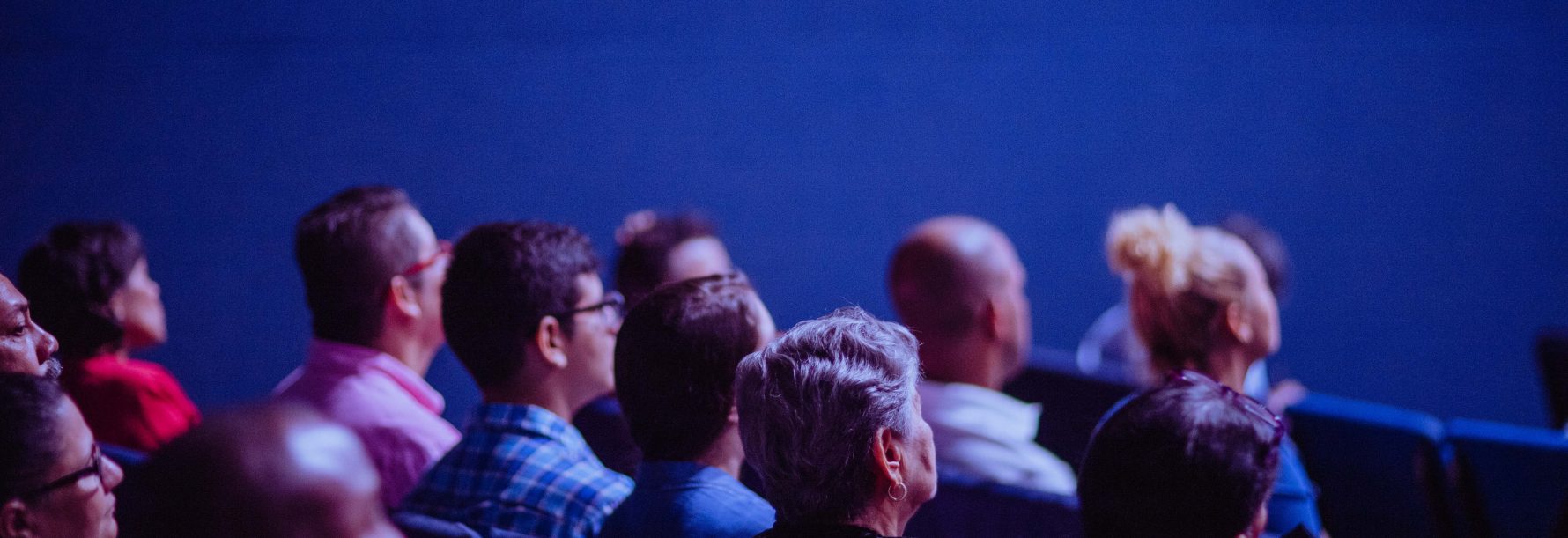Research Fellows
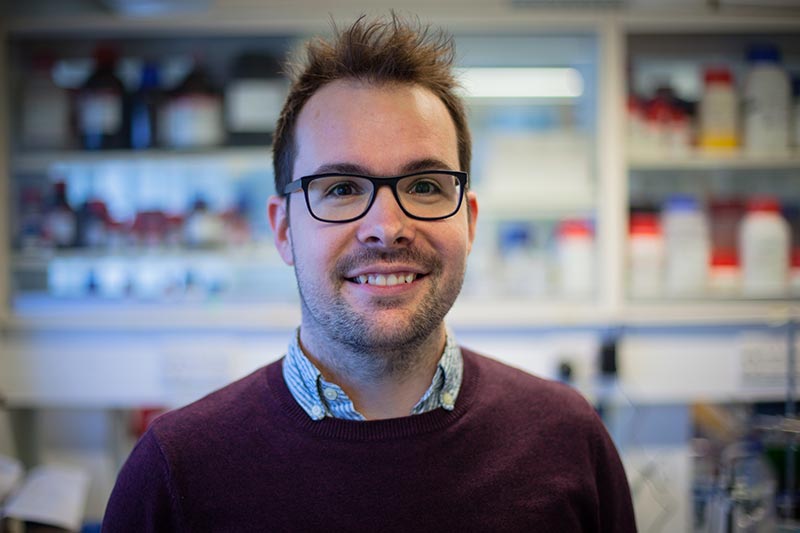
Eloi Camprubi
Utrecht University, Origins Center

Eloi Camprubi
Utrecht University, Origins Center
Networks:
Fields of interest:
I work in understanding how and why chemical networks display life-like properties and in revealing under which conditions these transitions are promoted. I aim to be involved in the design of space exploration missions targeting the water-rich planetary bodies of the Solar System.
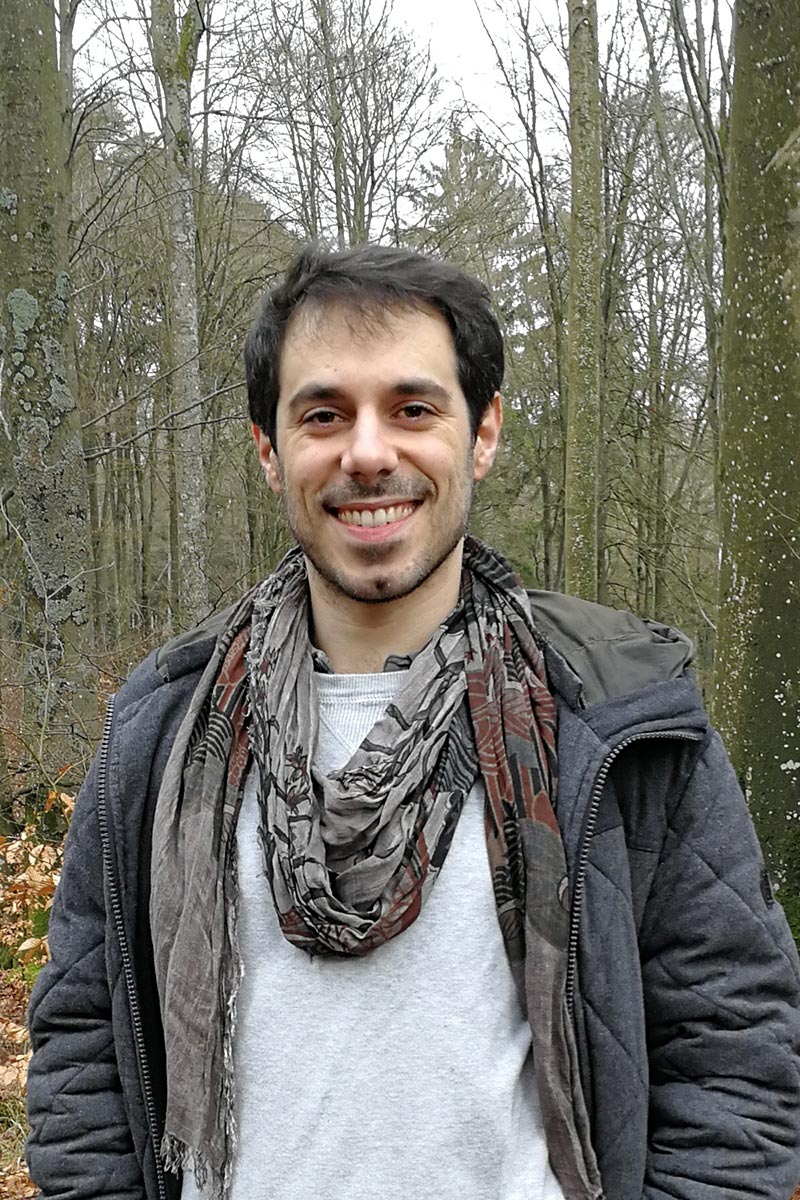
Enrico Sandro Colizzi
Origins Centre, Leiden University

Enrico Sandro Colizzi
Origins Centre, Leiden University
Networks:
Fields of interest:
I work on understanding how higher levels of biological organisation originate from – and feed back to – lower-level components, and how these multilevel systems evolve. I am currently focusing on three topics: how genetic elements in the RNA world evolve into cellular life; the co-evolution of ecological dynamics and genome structure; and the evolution of multicellularity.
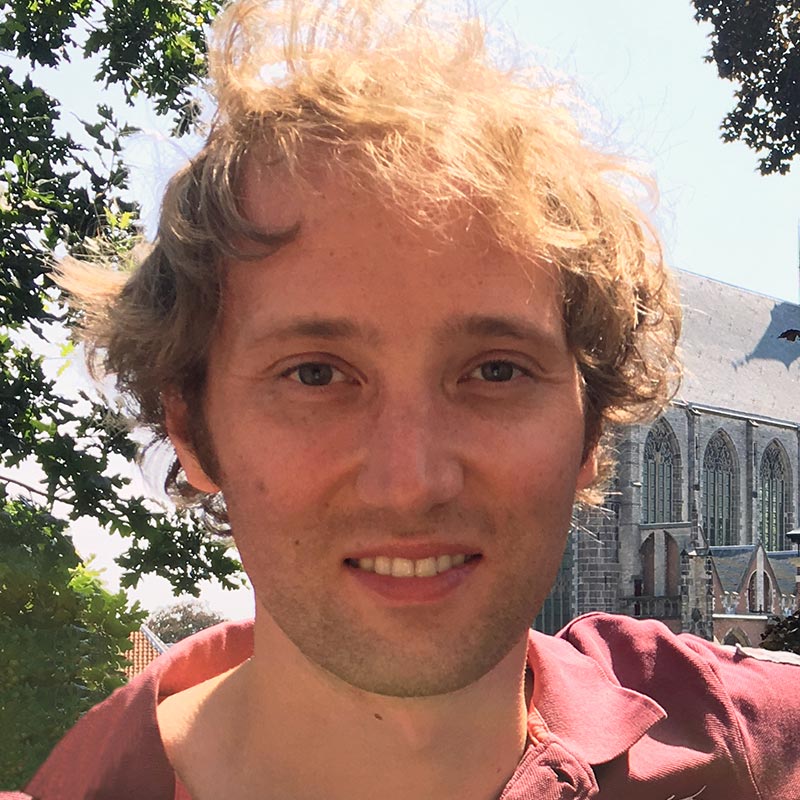
Dennis Höning
Vrije Universiteit Amsterdam, Origins Center

Dennis Höning
Vrije Universiteit Amsterdam, Origins Center
Networks:
Fields of interest:
I work on the interior and global evolution of Earth and other rocky planets. I explore interactions between reservoirs such as the influence of life on global volatile cycles. My goal is to understand how inhabited planets differ from lifeless planets and to use this knowledge to search for life beyond Earth.
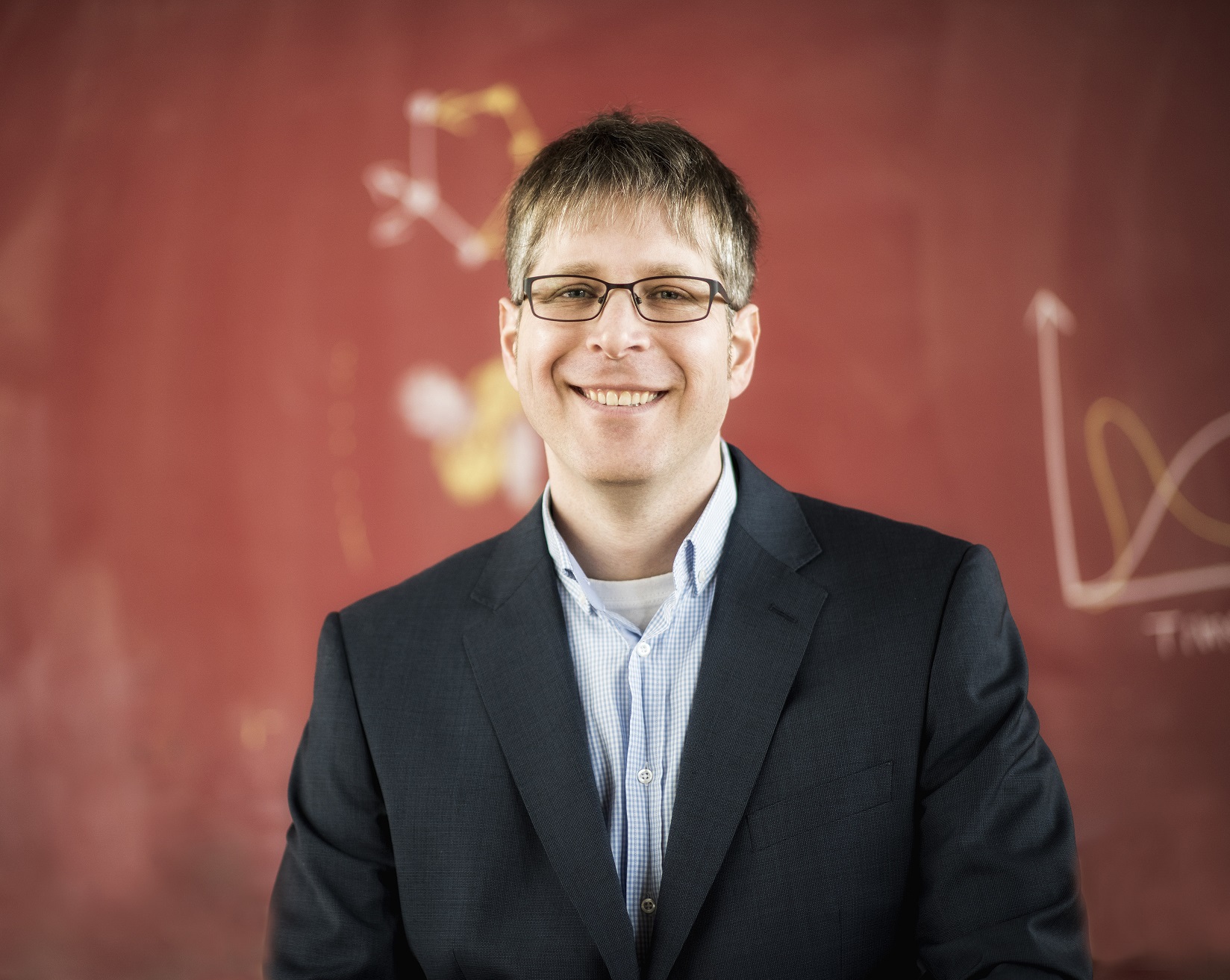
Omer Markovitch
University of Groningen, Origins Center

Omer Markovitch
University of Groningen, Origins Center
Networks:
Fields of interest:
Studying the origins of life by extending principles from evolutionary biology to chemical replicators
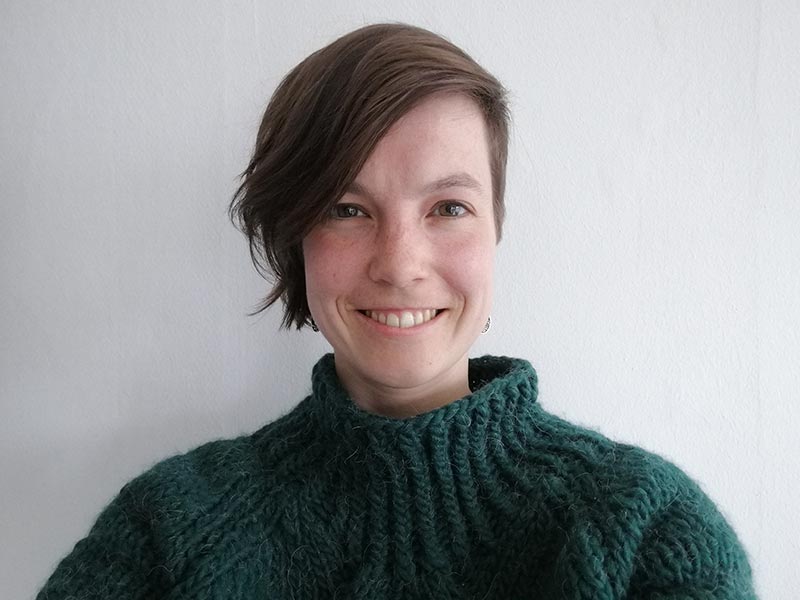
Renske Vroomans
University of Amsterdam, Origins Center

Renske Vroomans
University of Amsterdam, Origins Center
Networks:
Fields of interest:
I work on the evolution of multicellularity. I am interested in the evolution of early developmental programs. Once cells find themselves in a multicellular cluster, how do they start dividing tasks and making sure that the right cells are in the right place? This is connected to the evolution of body axes: the head-tail axes in animals for instance.
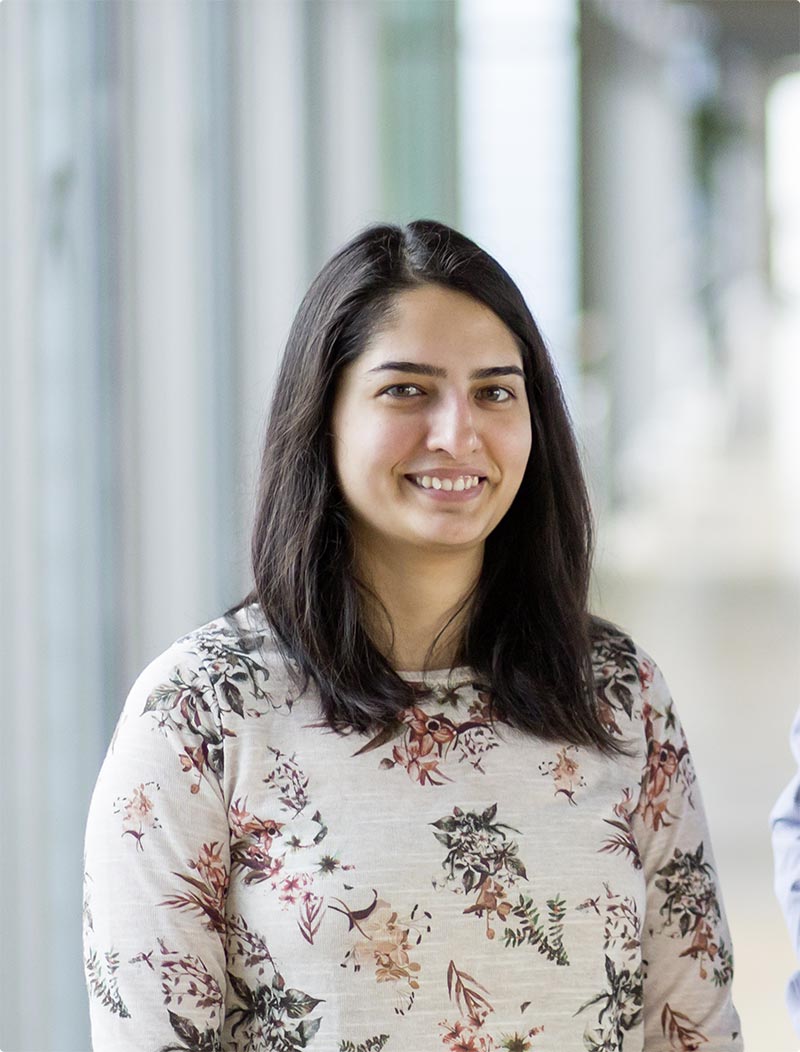
Shraddha Shitut
Leiden University, Origins Center

Shraddha Shitut
Leiden University, Origins Center
Networks:
Fields of interest:
Evolutionary change within and between species arises gradually via the slow accumulation of mutations. However, large changes via so-called major transitions can give rise to fundamentally new forms of organismal complexity. Using a combination of experimental evolution, synthetic biology and predictive mathematical modelling, I aim to tackle these unknowns, more specifically the initial steps from simple (single genome) to complex cells (multiple chromosomes).
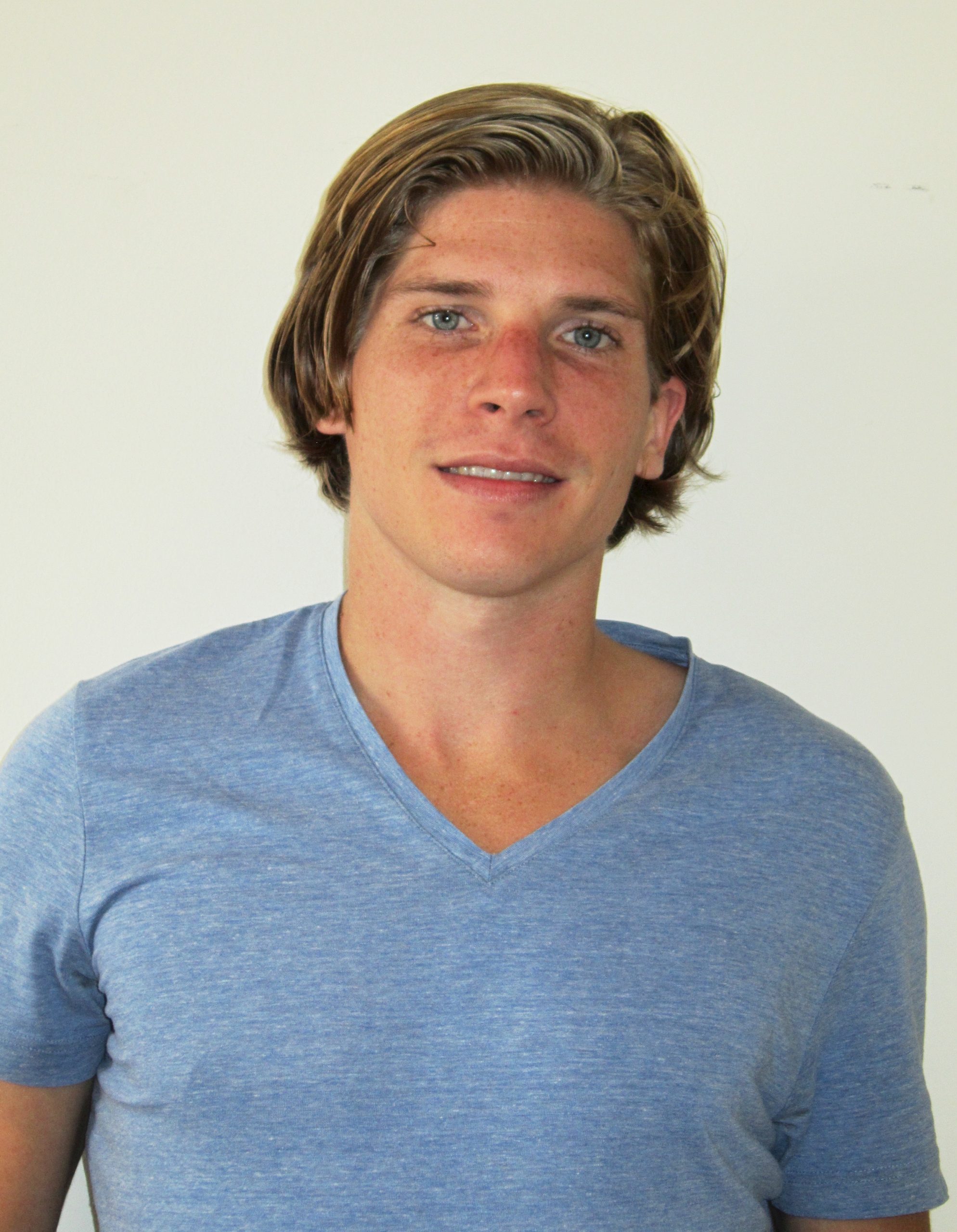
Thomas Blankers
University of Amsterdam, Origins Center

Thomas Blankers
University of Amsterdam, Origins Center
Networks:
Fields of interest:
I work on the predictability of genetic adaptation during evolution. We have introduced the nematode Caenorhabditis elegans, a universal model species in biology, to a novel bacterial food source and observed how C. elegans growth rates adapt to this novel environmental challenge. My role is to analyze the genomes of these nematodes before and after adaptation to find the genetic underpinnings and explore the factors that determine the extent to which genetic adaptation is predictable.
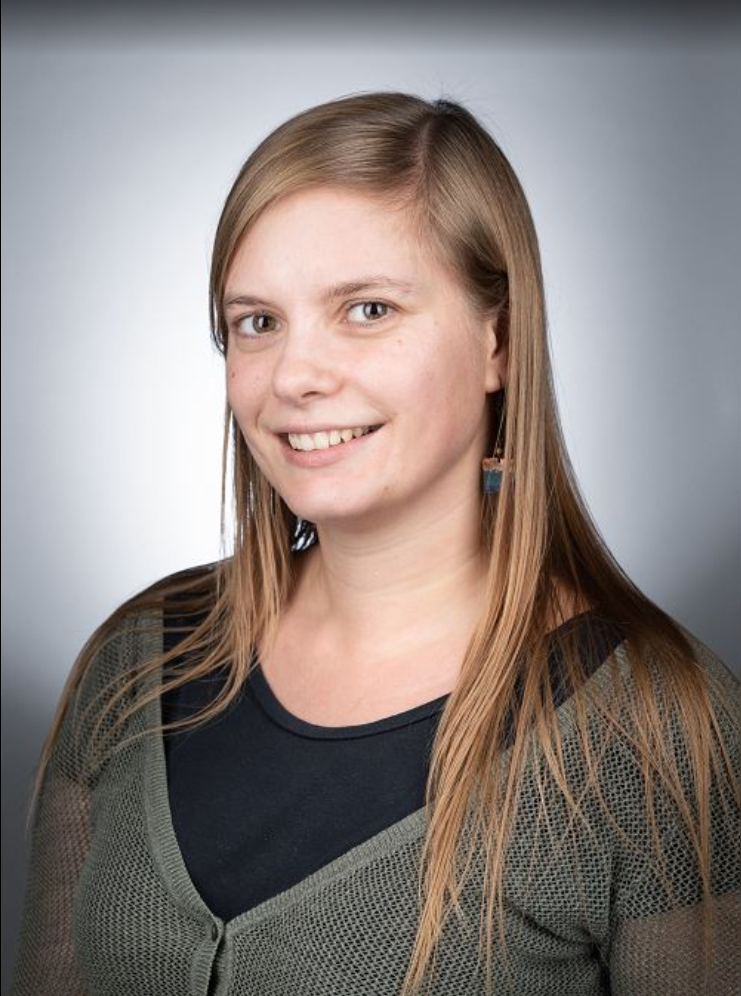
Karen Bisschop
University of Amsterdam, Origins Center

Karen Bisschop
University of Amsterdam, Origins Center
Networks:
Fields of interest:
The common thread of my research is the impact of the spatial and community context on adaptation. I performed evolutionary experiments with an arthropod herbivore species (Tetranychus urticae) to test its adaptation to novel host plants under different conditions. I am also intrigued by the microbiota living inside multicellular hosts and this led me to perform both field and lab work to further investigate correlations between hosts, their diet and microbiome, and how these are affected by environmental factors. Currently, I am involved in the ‘Predicting Evolution’ project to test how robust and predictable evolutionary results are across different institutes in The Netherlands and Belgium using Caenorhabditis elegans as a model species.



